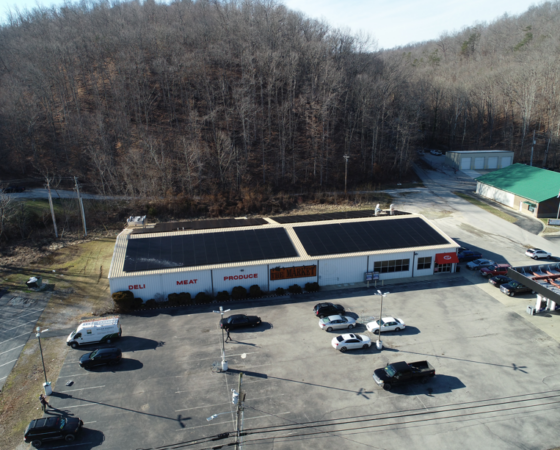Hot off the presses –a new report from MACED and KCEP: Access the full report here.
From the press release:
Long-Term Approaches to Appalachian Investment Needed Given Region’s Coal Projections
Severance Tax Permanent Fund Could Help Extend Financial Resources for the Future
With forecasts predicting eastern Kentucky coal production could decline 70 percent by the end of the decade, the region needs a long-term approach to transitioning the economy including the creation of a permanent fund from coal severance tax resources, according to a new report released today by the Mountain Association for Community Economic Development (MACED) and the Kentucky Center for Economic Policy (KCEP).
“The UPike debate has raised important questions about how to best invest in developing and diversifying the eastern Kentucky economy,” said Justin Maxson, President of MACED. “But underlying this conversation should be an analysis of what’s happening with coal, discussion of which investments make the most sense and a long-term approach to the challenges we face.”
The report recommends creating a permanent fund from a portion of coal severance tax revenue in order to extend investment in the region over the long-time horizon required to diversify the economy. A fund could turn a portion of the wealth created through the coming economic transition into a permanent asset for future investment. Other natural resource-rich states, including Wyoming, Alaska and Montana, have created permanent funds.
The report estimates that a permanent fund involving a one percent severance tax could grow to $735 million by 2035 and be able to pay annual dividends of $31 million (in current dollars) at that time just using eastern Kentucky revenue. Annual dividends from a fund would surpass coal severance tax revenue used to capitalize the fund in ten years, and the region would have a permanent asset for investments in education, economic development and other purposes. The one percent could come from existing resources or in part by matching Kentucky’s 4.5 percent severance tax rate to West Virginia’s five percent rate.
The report utilizes official Energy Information Administration forecasts that project Central Appalachian coal production will decline because of diminishing coal reserves, cheaper coal in other regions, a shift away from coal to natural gas and other energy sources, and regulations that address coal’s health and environmental impacts.
“If recent trends and official projections hold, the region’s economy will experience new economic challenges from the decline of coal jobs on top of the considerable problems it already faces,” said Maxson. “Now is the time to get serious about involving eastern Kentuckians in creating a plan for the future. We need creative and careful approaches that will work over the long-term.”
The report also describes the recent history of the coal severance tax, noting problems with some past uses of coal severance tax dollars as well as the process by which decisions are sometimes made. Much of the monies allocated for economic development uses throughout the 1990s went to build regional industrial parks with mixed success, while in recent years more of the dollars have been allocated to build water/sewer infrastructure, pay for a wide range of earmarks in local counties, or fund particular educational or social programs.





